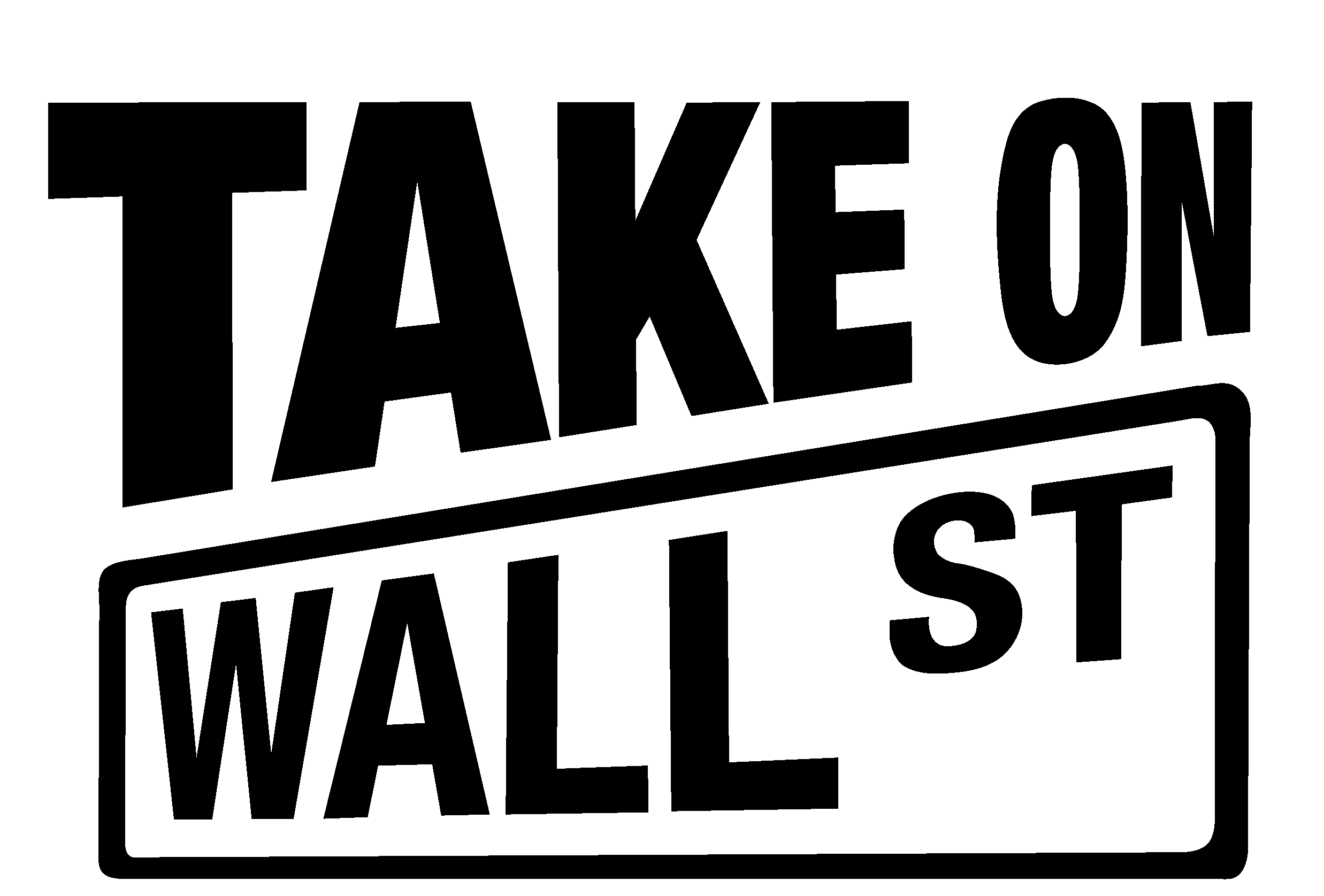Breaking Up The Banks

Today Wall Street is dominated by giant “too big to fail” banks. As we saw in the financial crisis, these powerful mega-banks are able to demand government backing not available to ordinary businesses or workers. A big contributor to the creation of these mega-banks was the repeal of the traditional separation between commercial banking (activities like deposit-taking and lending) and Wall Street trading (speculation and riskier investments) in 1999.
The firewall between these activities was put in place after the stock market crashed in 1929 with the 1933 Banking Act, more commonly referred to as “Glass-Steagall”. When this firewall was repealed in 1999, banks expanded because they could now combine traditional banking with all kinds of Wall Street trading not permitted for banks before.
The concept of “too big to fail” was popularized during the 2008 financial crisis, when it was argued that allowing any of the mega-banks to fail would cause unacceptable risk to the broader economy. Today the five biggest banks hold half of all banking sector assets, up from a quarter before Glass-Steagall was repealed.
Dividing investment banking from commercial banking would decrease the likelihood of future financial crises, protect American taxpayers, and help community banks and credit unions compete. The 2008 financial crash was a stark reminder that a firewall between risky investment banking and “boring” commercial banking is necessary for ensuring our country’s economic stability and protecting taxpayers from having to fund future bank bailouts.
Bills
21st Century Glass-Steagall Act of 2017 (S.881/H.R. 2585)
Return to Prudent Banking Act of 2019(H.R. 2176)
These bills introduced in the 115th and 116th Congress would put an end to “Too Big to Fail” by breaking up the Wall Street mega-banks, and separating “boring” depository banking from risky investment banking – making them smaller, simpler, and safer.
Learn More
- “Want to Save the Climate? Break Up the Big Banks”, by Oscar Reyes, Institute for Policy Studies, October 31, 2018.
- “The case for Glass-Steagall Act, the Depression-era law we need today”, by Ganesh Sitaraman, The Guardian, June 16 2018.
- “There Are Real Reasons to Bring Back Glass-Steagall”, Marcus Stanley, American Banker, August 26, 2016.
- “How Wall Street Reform Could Give Low-Income Families a Big Boost”, By Sarah Anderson, Marc Bayard, John Cavanagh, Chuck Collins, Josh Hoxie and Sam Pizzigati, The Nation, February 18, 2016.
- “A Brief History of the Glass-Steagall Act”, by James Lardner, Demos, November 10, 2009.
- 21st Century Glass-Steagall Act, Americans for Financial Reform Resource Page.
